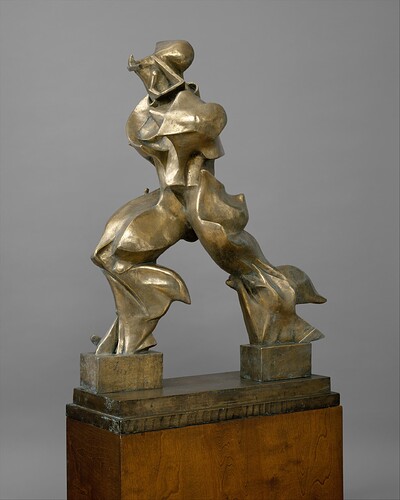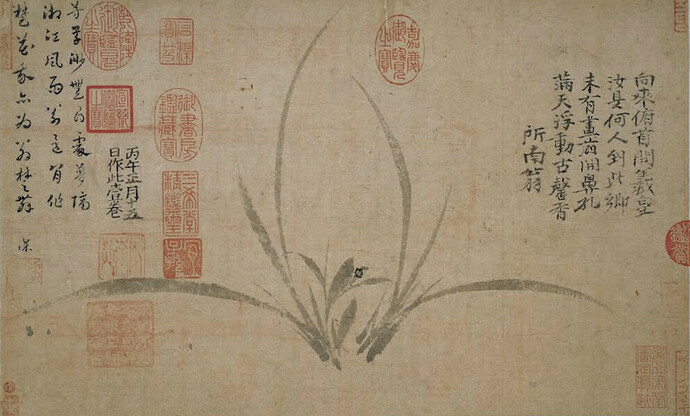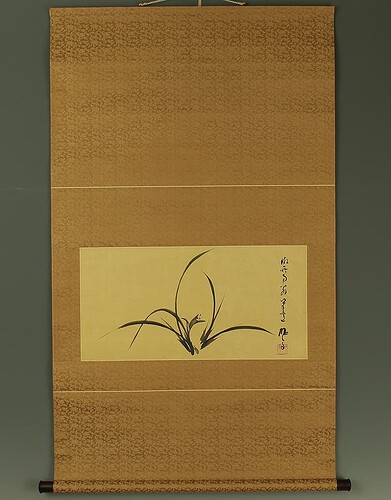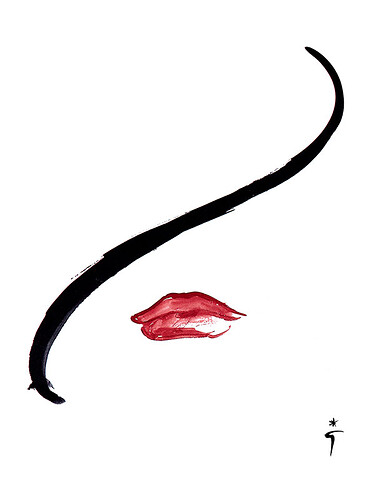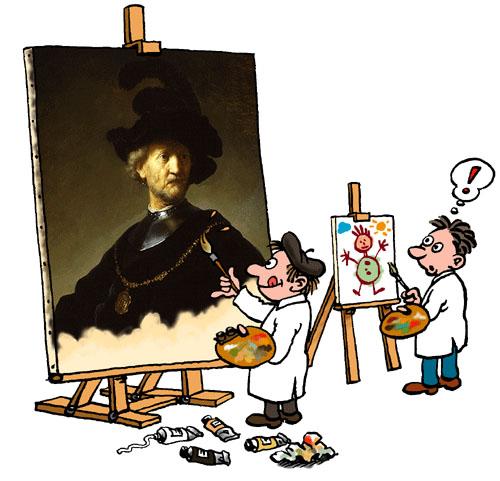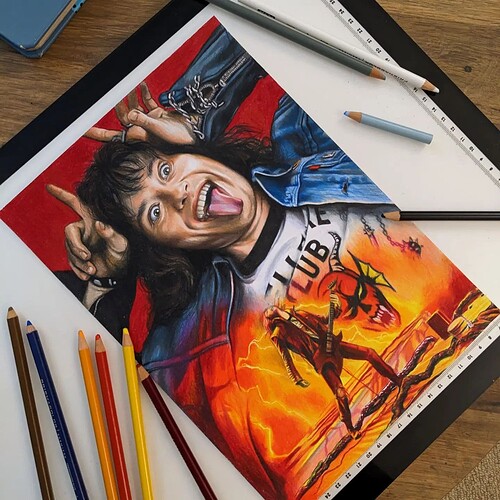Thank you for this very stimulating thread and I apologise for dragging all away from the Little Mermaid.
As a lover if craftsmanship, I am more inclined towards William Morris’s advice to ‘Have nothing in your houses that you do not know to be useful or believe to be beautiful.’. Only I take it a bit further and try to apply both.
I can almost hear Leonardo calling out to his studio, “Just leave me the face and hands boys, I’ll be back later!” So, in conclusion we may say the one with the concept is called artist. The fabricators of the creation are ‘fabricators’ or um, craftsmen? I do hope they are suitably remunerated.
In this not new production system we might also include the technically complex and aesthetically sublime porcelain masterpieces of craftsmanship created in China through the centuries. (Though not so much the last one.) A craft founded in and excelling particularly because of the microdivided system if labour. The clay body created by one (or a group of) man. Underglaze painting by truly artistic brush painters. Firing by a group of engineering marvels. Enamellers, glazers, handing a single piece from man to man … A man over a lifetime, through generations would hone his knowledge and skill to perfection. Still, not considered art.
However, This was and is art, more than a little before its time from a man who was devastated by events of history in China, Bada Shanren (八大山人; born Zhu Da, 朱耷), 1606-1725
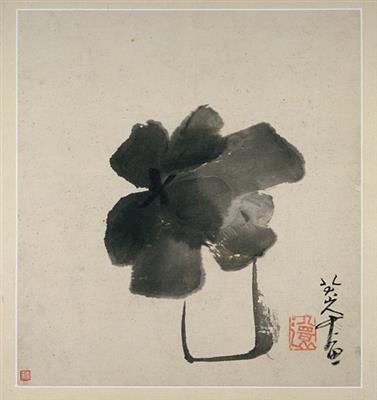
I have seen only one Rabbit, about 3ft tall. Very finely crafted  . Says much about the values of current society.
. Says much about the values of current society.
I understand the concept of how Art is currently defined but find it sometimes runs contrary to my personal choice. As with many things, we can teach about it but we don’t have to like it. I suppose the reason I was always driven to certain objects of art was more because it felt like the people of the past were sending me a conversation. When I was still young I saw Constantin Brancusi’s ‘Sleeping Muse’, 1910. I do not even remember where we were but I know that I could hardly breathe. The very essence of life, an egg shaped androgynous perfection. I know that artist’s work influenced many who followed, even Koons. Ancient Cycladic art, early African art, Japan … Such a long continuous filament
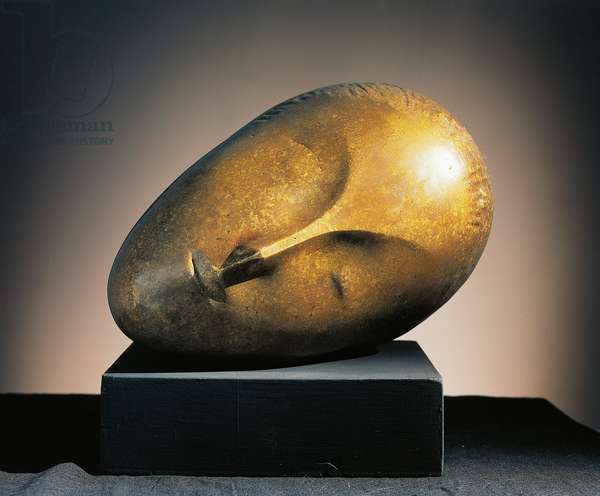
Sometimes I think about all the wondrous creations made in the past as works of art, be they for religious inspiration or private patronage, and I wonder what will survive the test of time to speak of us in the future. Perhaps, as an obsessed student of history I really do not give enough credit to the present.
![]()
